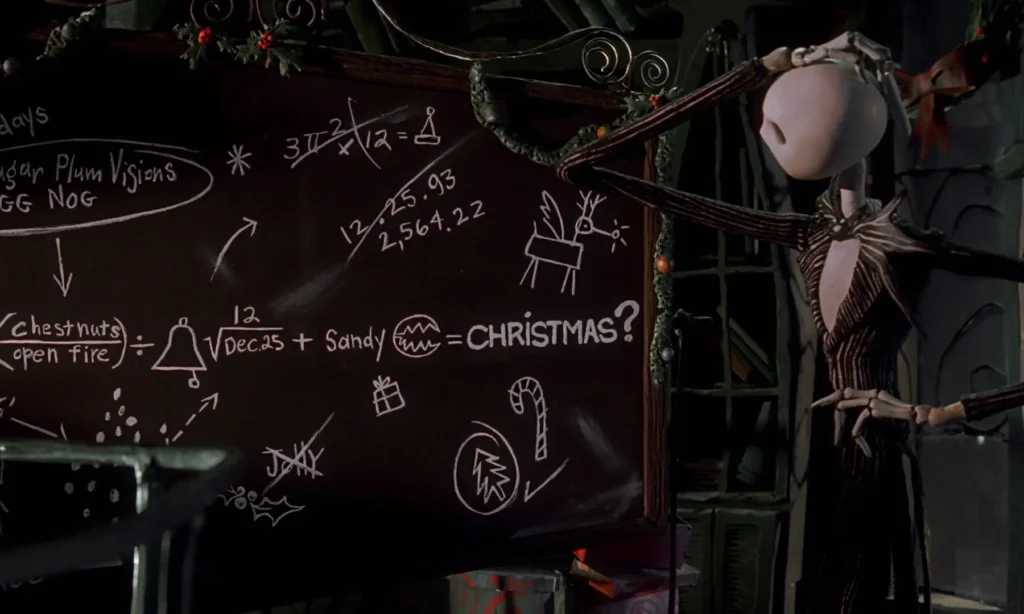Inspired by a brief but iconic exchange in The Nightmare Before Christmas between Jack Skellington and Dr. Finkelstein, this article explores the value of experimentation in design and what it means for clients, creatives, and collaborators alike.
The scene
Jack Skellington: “Doctor, I need to borrow some equipment.”
Dr. Finkelstein: “Is that so? A series of experiments? Perfectly marvellous. Curiosity killed the cat, you know.”
This moment isn’t just quirky dialogue, it’s a metaphor for how creative projects should begin: with a question, not a prescription. It embodies what worldbuilding truly requires: curiosity, openness, and the willingness to explore unknown paths.
Curiosity comes first
Curiosity is often the first casualty in a world obsessed with deliverables and deadlines. But in design, it’s the most valuable tool we have. And by “design,” we mean any form of intentional creation whether that’s engineering, interiors, architecture, exhibitions, or brand storytelling.
In our studio, “designers” is a collective term. It includes engineers, architects, interior designers, brand strategists, anyone whose job is to shape space and meaning.
We don’t just solve problems, we create immersive worlds. Worlds that hold emotion, movement, symbolism, and memory. And experimentation is key to doing this well.
Before execution comes understanding. That’s where curiosity lives.

The Role of clients: be a bit more like Dr. Finkelstein
Great clients aren’t just approvers, they’re collaborators. When Jack shows up asking to "borrow some equipment," Dr. Finkelstein doesn’t demand a full report. He opens the lab.
What would happen if clients welcomed experimentation as part of the process not as a risk, but as an investment in discovery?
This doesn’t mean randomness. It means listening deeply, observing carefully, and testing new ideas before jumping into execution.
Worldmaking requires listening
Worldmaking begins with asking better questions:
• What story is this space trying to tell?
• What emotions should it carry?
• Who is included and who’s left out?
Whether you’re designing a public space, a film set, or a home, curiosity invites depth, honesty, and transformation. Creating worlds doesn’t start with answers. It starts with attentiveness.
A creative life: curiosity as practice
“Curiosity, I would say, is the defining … a life expressed by constant curiosity and constant awareness that there's more to learn… the best way I can learn other people's perspectives is to be curious, to read, to practice, to make, to respond to things that I read and learn.”
— Es Devlin, artist and stage designer
This quiet reflection by Es Devlin resonates with the spirit of experimentation described above. Design is not just iteration—it’s an emotional posture of attention, empathy and continuous learning.